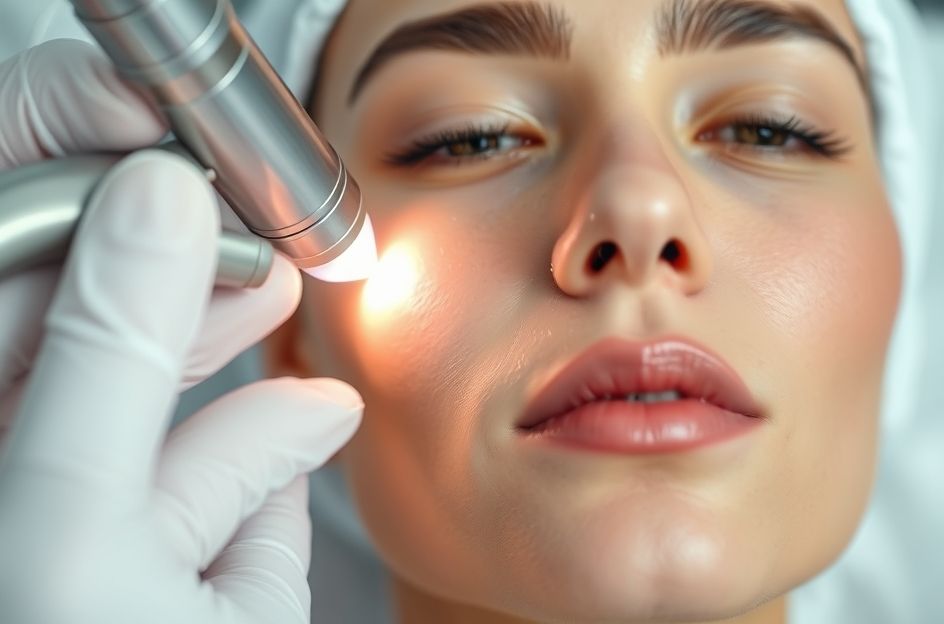While most teenagers experience acne, only a fraction develop permanent scars. For those seeking solutions, numerous effective acne scar removal methods are available. These treatments aim to diminish or eliminate scars, improving skin texture and appearance.
Dermabrasion involves removing the top skin layers with a specialized machine. This process smooths the skin’s surface but may not completely eliminate deep scars. Multiple sessions may be needed to achieve the desired results.
Chemical peels offer another option, utilizing chemical solutions to exfoliate the skin’s surface. Similar to dermabrasion, they improve skin texture but may not fully erase scars. Different chemical strengths cater to varying scar depths and skin types.
Collagen injections can temporarily plump up the skin, reducing the appearance of scars, wrinkles, and lines. However, the effects are not permanent, requiring regular maintenance injections, and they don’t actually remove the scars.
Autologous fat transfer involves extracting fat from one area of the body and injecting it into the scarred areas to fill depressions. This method doesn’t remove the scars but camouflages them. The procedure needs repeating as the body reabsorbs the injected fat.
Punch grafts involve replacing scarred skin with small skin grafts taken from another area of the body. This technique is best suited for treating deep, individual acne scars.
Laser skin resurfacing is a modern and often effective method. It uses lasers to gently vaporize scarred skin, revealing the undamaged skin underneath. Local anesthesia is typically used for small areas, while full-face treatments often require sedation. Laser treatments can significantly improve skin texture and reduce the visibility of acne scars.
